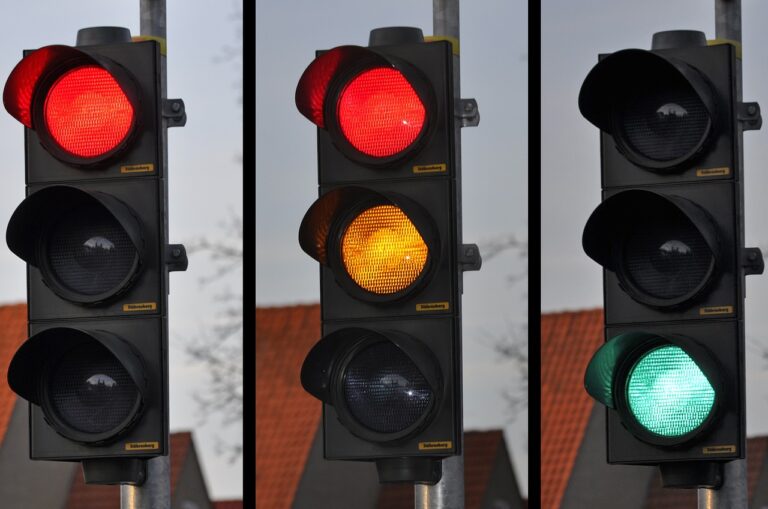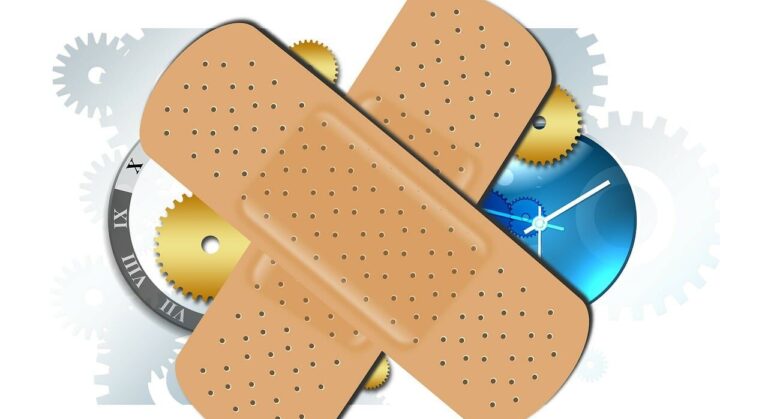This article builds upon the previous blog post about the nervous system, focusing on the body’s fight and flight responses in relation to the sympathetic and parasympathetic systems. It aims to provide a concise overview of the vagus nerve’s function within the nervous system, particularly its role in managing stress and past trauma based on the Polyvagal theory. The vagus nerve consists of two parts, the ventral (front) and dorsal (back) sides, and it extends from the brain throughout the body, serving as the primary nerve pathway. According to the Polyvagal theory, the body reacts to stress triggers through social engagement (the ventral vagal state), mobilisation (the sympathetic system), or immobilisation (the dorsal vagal complex).
The social engagement system, also known as the ventral vagal state, is the brain’s optimal state of functioning when it comes to recognising and managing stress. It has the ability to identify stress and respond accordingly. For example, if someone is approaching quickly in the dark, the brain may go into fight or flight mode, but upon seeing a familiar face, it will return to a state of calm and relief. Similarly, if there is an angry confrontation in the distance, the brain will accurately communicate to the various regions and the body that there is no danger, allowing the individual to relax their guard. A positive emotional and physical connection in early life lays the foundation for a healthy perspective through which the child can view the world, setting the stage for successful social relationships and interactions in adulthood.
In certain instances, our ability to accurately interpret sensory information can be disrupted by negative life events. This can trigger the sympathetic nervous system, also known as the fight or flight response, causing the brain circuitry to go into high alert. Children who have experienced abuse or significant adversity in their home environment, such as parental conflicts, mental illness, or substance dependency, may develop maladaptive coping mechanisms as a means of self-protection. The constant need to shield themselves from these negative experiences can hinder their emotional development, leading to heightened hypervigilance, distrust, and wariness of others. Additionally, emotional neglect can result in difficulties in distinguishing between friendly and threatening gestures, causing the child to adopt a more defensive stance.
Mobilisation (the sympathetic nervous system), also known as our mammalian brain, serves as our automatic response system to protect us from harm or danger. When faced with a threat, the body readies itself to either fight or flee. For example, upon seeing a dog charging towards you, the initial reaction of the body may be to prepare for defence in case of an attack. To ensure a quick response, the pupils dilate, the heart rate increases, and blood rushes to the major muscles in the body, all in preparation to confront the potential threat or escape. However, if upon closer examination, the dog is deemed friendly or simply passes by, the body should return to its balanced state, known as homeostasis. Individuals who have experienced significant trauma or chronic stress may find it challenging to return to a state of equilibrium. This results in the body remaining in a constant state of alertness and working overtime to stay vigilant against perceived or actual stressors. Such individuals may often misinterpret facial expressions, body language, or vocal tones, leading to maladaptive responses. Over time, this constant strain on the body can lead to serious psychological and physical health consequences. As the primary function of the human body is to ensure safety and conserve energy, an overwhelmed sympathetic nervous system gives way to the parasympathetic nervous system, entering a state of dorsal vagal dominance.
Immobilisation, also known as the dorsal vagal state, is the body’s ultimate emergency response, commonly referred to as freeze mode. In this state, the reptilian brain takes control, limiting the body to basic functions only. The individual loses autonomy, unable to take action, feeling despondent, numb, and helpless – disconnected from their surroundings. In severe situations, this response is crucial to conserve energy and wait for danger to subside. Coping strategies formed from past trauma and adverse childhood experiences can rewire the brain to shut down as a protective measure.
According to the polyvagal theory, the three response states within the autonomic system follow a hierarchical order. This implies that transitioning from the immobilisation state to the mobilisation state is necessary before reaching social engagement. Throughout the day, individuals may experience any combination of these response states. For example, one may feel at ease and connected during social interactions with colleagues, only to later encounter a situation that triggers the body’s mobilisation response.
Alternatively, past traumatic experiences could lead to an immediate shift to the immobilisation state when faced with a threat cue. In environments where social interactions are perceived as threatening, individuals may instinctively react to subtle cues like changes in facial expressions, tone of voice, and body language in a manner familiar to them to feel protected.
As social beings we are constantly filtering through situations we deem safe or dangerous. The Polyvagal theory stipulates that the way the nervous system interprets those situations determines how the bran and body responds.
Useful Tips
If you are noticing feelings of fear or anxiety more than you should or often experiencing high levels of immobilisation, then it may be helpful to focus on exercises that calm the vagus nerve. The vagus nerve exercises are commonly physical:
- Walks
- Meditation
- Yoga
- Breathing exercises
- Psychotherapy



